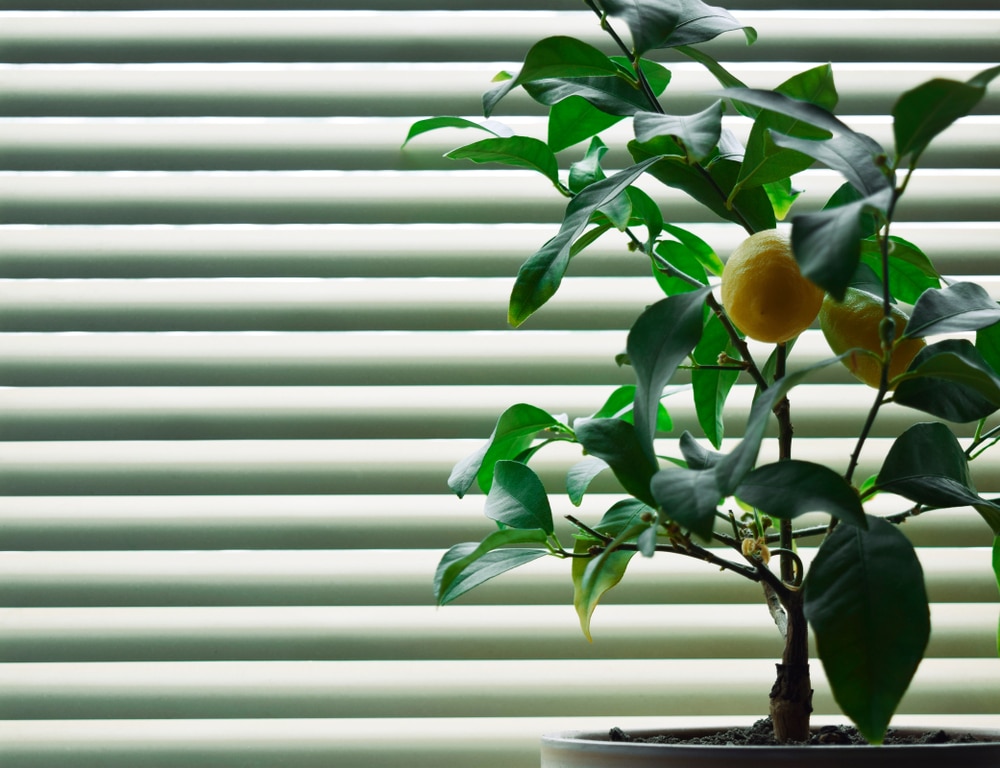Citrus trees are a popular choice for gardeners looking to grow fruit trees. These trees are not only visually appealing, but they also provide a variety of delicious fruits and fragrant blossoms. With the proper care, citrus trees can be grown indoors, making them a great option for those living in cooler climates or with limited outdoor space. Growing citrus trees indoors can be a fun and rewarding experience, but it does require some specific care to ensure that the trees thrive.
In this article, we will provide a step-by-step guide on how to properly grow citrus trees indoors. We will cover the essential aspects of growing citrus trees, such as choosing the right variety, selecting a suitable container, using quality soil, providing adequate light and humidity, fertilizing and pruning, and watching out for pests and diseases. By following these steps, you can successfully grow citrus trees indoors and enjoy the beauty and flavor they provide.
1. Choose the right variety of citrus tree:
Not all citrus trees are suitable for indoor growth. Dwarf or semi-dwarf varieties such as Meyer lemon, Calamondin, and Kaffir lime are excellent choices. They are small enough to grow in pots and can thrive indoors with proper care.
2. Select a suitable container:
Choose a container that is large enough to accommodate the roots and has good drainage. Plastic, ceramic, or terra cotta pots are good choices. Make sure the pot has drainage holes in the bottom.
3. Use quality soil:
Citrus trees need well-draining soil that is rich in organic matter. You can use a commercial potting mix designed for citrus trees or make your own by combining equal parts peat moss, perlite, and vermiculite.
4. Plant the tree:
Fill the pot with soil up to about 2 inches from the top. Place the citrus tree in the center of the pot and backfill with soil. Gently firm the soil around the roots.
5. Water the tree:
Water the tree thoroughly after planting. Citrus trees prefer evenly moist soil, but avoid overwatering, as it can lead to root rot. Check the soil regularly and water when the top inch feels dry.
6. Provide adequate light:
Citrus trees require bright, direct sunlight for at least 6 hours a day. Place the pot near a south-facing window or provide artificial grow lights if necessary.
7. Maintain proper humidity:
Citrus trees prefer moderate to high humidity levels. You can increase humidity by placing a tray of water near the tree, misting the leaves regularly, or using a humidifier.
8. Fertilize regularly:
Citrus trees require regular fertilization to thrive. Use a balanced fertilizer designed for citrus trees, following the manufacturer’s instructions. Feed every two weeks during the growing season (spring and summer) and once a month during the dormant season (fall and winter).
9. Prune as needed:
Prune your citrus tree to control its size and shape. Remove dead or damaged branches, as well as any branches that are rubbing against each other. Prune lightly after harvest to encourage new growth.
10. Watch for pests and diseases:
Keep an eye out for common citrus pests such as spider mites, scale insects, and mealybugs. Treat with insecticidal soap or neem oil as needed. Watch for signs of diseases such as citrus greening, which can cause yellowing and curling of the leaves. If you suspect a disease, contact your local extension office for advice.
